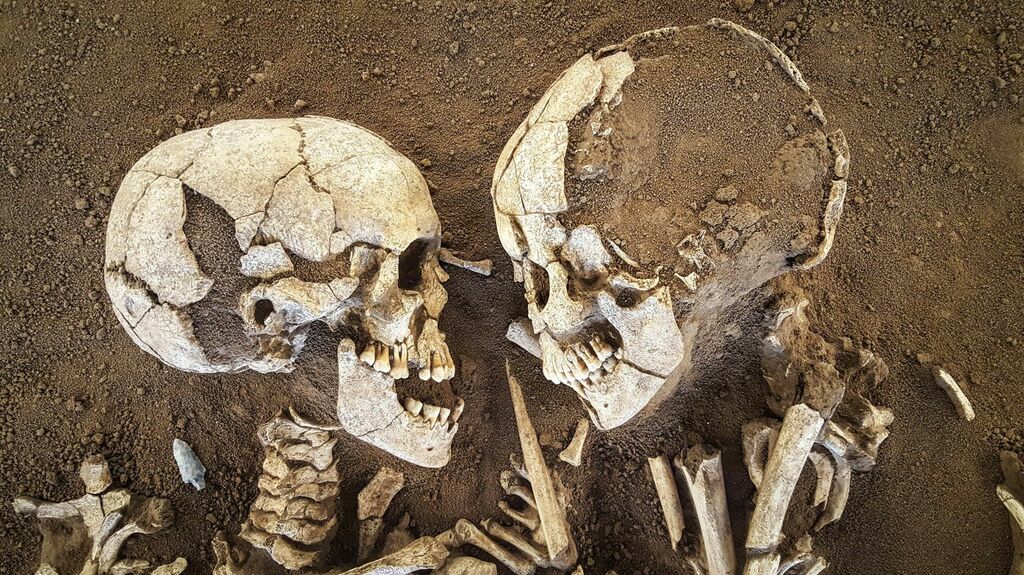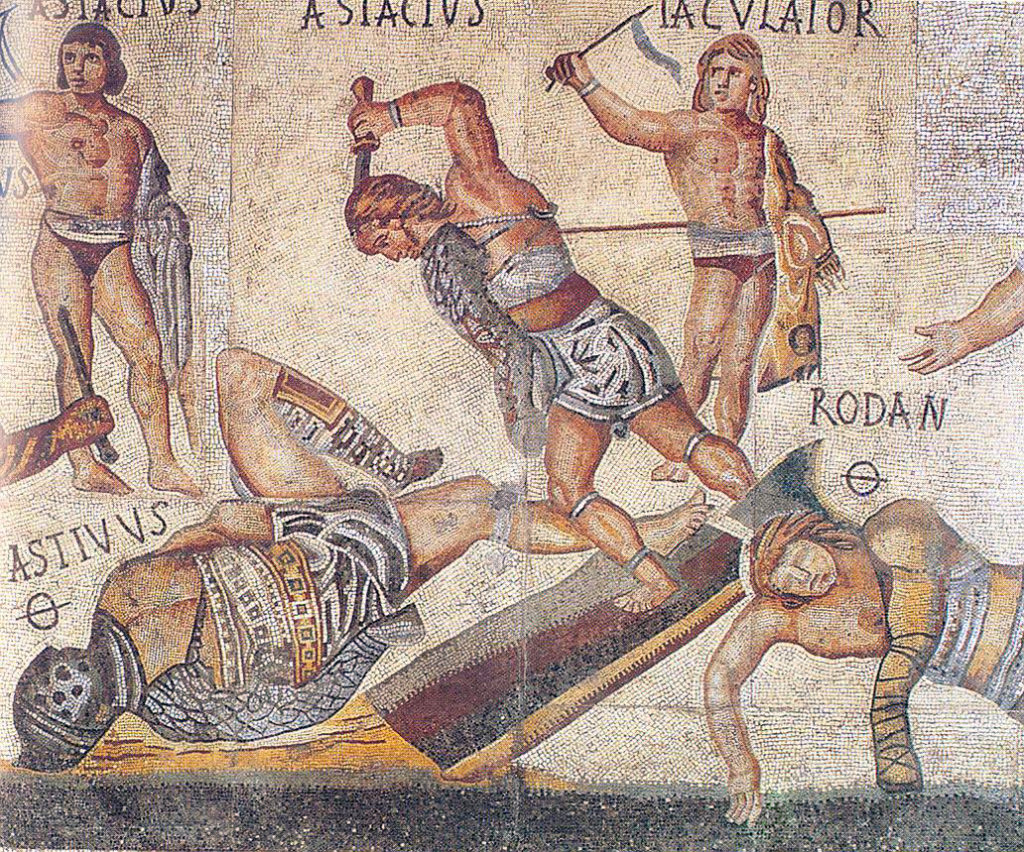Last updated on March 8th, 2023 at 05:37 am
Since discovered in 1936 in the Egyptian village of Saqqara, the so-called “Schist Disk” has been used to support the widely-held contention that the ancient Egyptian culture acquired technology far superior to their own at some point in their development from an outside source.
And while this disk may not be definitive proof of that contention, considering all that is known about the Egyptian culture after nearly two centuries of concerted study, the Egyptians of 3000 BCE did not have the capabilities to create such a sophisticated piece of technology. Yet, they did.

The Mystifying Discovery
Uncovered by renowned British Egyptologist Brian Walter Emery while excavating the tomb of Prince Sabu, son of Adjuib Pharaoh, governor of the First Dynasty (circa 3000 BCE), the Schist Disk was found among some common funerary objects (including stone vessels, flint knives, arrows, and a few copper tools) Emery initially cataloged as “a container in the form of a schist bowl.”
The term schist, derived from the Greek word σχ?ζειν meaning “to split” (referring to the relative ease with which this material can be split along the lateral plane), is a category of medium-grade metamorphic rock rich in what are termed “lamellar” minerals, which include mica, chlorite, talc, hornblende, and graphite.
Derived from clay and mud, which have undergone a series of extreme physical-chemical (transitioning from shale to slate to phyllite), most schists are made of mica, but graphite and chlorite are also quite common.
And while the existence of ancient objects made of this hard but brittle material is far from rare, the design and craftsmanship of this disk, in particular, is astounding—if not more than a little eerie.
Not only did it require extraordinary practice and patience to create, but other similarly-crafted pieces also have never been found.
The Realm of Incredibility
Approximately one cm thick (approximately two-fifths of an inch), 61cm in diameter (24 inches), and 10.6 cm (4.2 inches) in the center, the method used to craft the Schist Disk remains unknown. It continues to confound craftsmen even after two centuries.
Resembling a plate or concave steering wheel of a car, it has three cuts or curved “shovels” that resemble the helix of a boat, and in the center is an opening with a collar that would appear to function as the receptacle of some axis of a wheel or other unknown mechanism; perhaps a central hub designed to fit onto a wooden pole.
Although experimental archaeologists have offered several possible engineering scenarios to explain how the Egyptians may have accomplished other incredible feats of construction, such as the pyramids and the Great Sphinx, the Schist Disk remains within the realm of: How could they possibly have conceived, let alone accomplished that?
But unlike the monumental works created by the Egyptians, which can be visually traced through several stages of technological success and failure, no earlier prototypes or unsuccessful attempts at constructing a schist disk have been discovered during decades of Egyptian excavation.
It is as if one and only one disk was created—perfect and flawless. However, renowned British Egyptologist Cyril Aldred rejects this idea asserting that regardless of what purpose the object was intended to serve, its design was, without a doubt, a replication of a previous, much older metallic object. (An object never discovered.)
Adding to the mystery of the object’s construction is the well-documented theory that the introduction of the wheel to Egyptian society didn’t occur until the Hyksos invasion of the late Middle Kingdom (around 1640 BCE). The Hyksos are historically known to have employed the wheel on several devices but used it primarily on their military chariots.
Thus, one must ask: If the Schist Disk is not a wheel nor modeled after a wheel, from what was it conceived? And how could a culture that typically used crudely-made copper or bronze chisels to hew stone by hand have mastered a technique to work a material as delicate as mica to this extraordinary level of perfection?
And perhaps most importantly, why would the Egyptians invest the time, tools and skills needed to create this object if it didn’t serve some specific, very significant purpose?
Other-Worldly Origins?
Even after nearly a century of theorizing and speculation, the Schist Disk remains just as much an enigma as when first discovered.
For a growing number of both scholars and laypeople, this mysterious object has been added to a growing list of accomplishments demonstrating technological and engineering feats far beyond the capabilities of what continues to be viewed as a “primitive” and “less advanced” culture.
In recent years, this belief has led to a growing number who support the assumption that the ancient Egyptians must have been provided advanced technological knowledge from an outside source (even, perhaps, aliens from beyond our solar system).
And while this assertion lacks credence with the modern scientific community, there can be no denying that the Egyptians somehow succeeded in technological accomplishments that should have been beyond their abilities–according to everything we know about them today.
The Ongoing Mystery
Currently, the Schist Disk is housed in the first wing of the Egyptian Museum of Cairo and labeled an “incense container,” although there is no proof (nor even common consensus) to support this assertion.
What is certain, however, is that during the time of its construction, stone carving was a much more sophisticated skill than modern scientists had initially imagined.
Even so, the Schist Disk continues to constitute one of the most perplexing Egyptian and ancient civilization mysteries, providing fuel for all those who flatly refuse to believe that such an advanced piece of technology could have been conceived and created by any ancient culture–without other-worldly help. Many even speculate that it was intended to serve some other-worldly purpose.
If you’re interested in ancient mysteries, read about the Stone Spheres of Costa Rica.
References/Sources
Schist Disk Video: https://www.youtube.com/watch?v=wwFSBVzKEUg
The Tomb of Sabu: https://www.oocities.org/unforbidden_geology/Tomb_3111.html


My guess is that it’s a case of fraud.
its a charoit wheel designed for muddy terain